Description
TAXODIUM distichum ‘Nutans’ is a bald cypress with fine, elegant green foliage that is unlike of any other conifer. Its leaves give it a “cloudy” appearance.
Then, in the fall, the foliage takes on a copper color which glows orange when it receives a ray of sunlight (see photo).
This tree grows very slowly and develops cypress knees as it ages. It is one of the rare conifers to lose their foliage. Its shape remains interesting even in winter when you discover the structure of its branches.
This conifer is one of the best variants of its kind and lives very old. To view the other varieties of TAXODIUM currently available, please click here.
How to plant TAXODIUM distichum ‘Nutans’
Like its congeners, this bald cypress loves humidity. Find it in a humid to wet, even soaking place on the edge of a stream or in a muddy corner. However, it also grows in dry soils and likes full sun or partial shade. The soil can be acidic, neutral, or calcareous. You can use it for isolated planting, in a bed or a pot. It is also used for bonsai. Given its very slow growth, it is not necessary to prune it. If, however, this is unavoidable, you can do it in winter. TAXODIUM distichum ‘Nutans’ does not fear the cold and easily resists temperatures below -20 °C.
For a good preparation of the pot or ground, we have designed specific instructions available here. Furthermore, discover here how to water your garden and save water.
History and origin
TAXODIUM distichum originated in the southeastern United States. The state of Louisiana made it its state tree in 1963.
This species is particularly resistant to all terrain conditions. As improbable as it seems, this plant is even capable of withstanding salty places.
In 2019, a dendrologist named David Stahle discovered a tree that he dated to 605 BC. This makes this specimen the ninth-oldest tree in the world. One of the oldest examples in Europe is found in the Pézanin Arboretum in Burgundy, France.
While variants such as TAXODIUM distichum ‘Nutans’ are highly valued for their ornamental qualities, the type species was used by native peoples for coffins, house construction and the manufacture of drums and canoes. Since the age of colonization, wood has been used wherever it is exposed to the elements due to its excellent resistance to water.

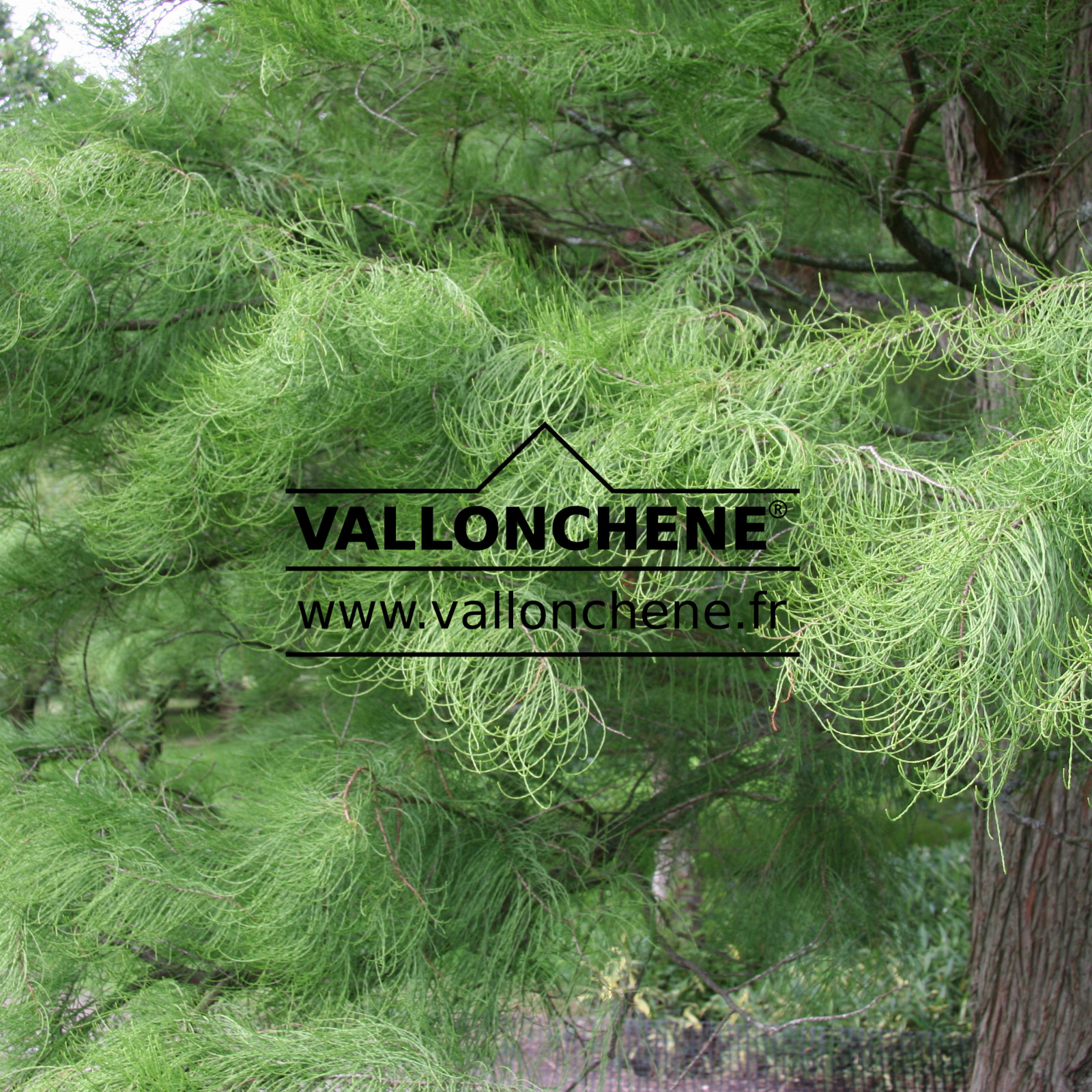
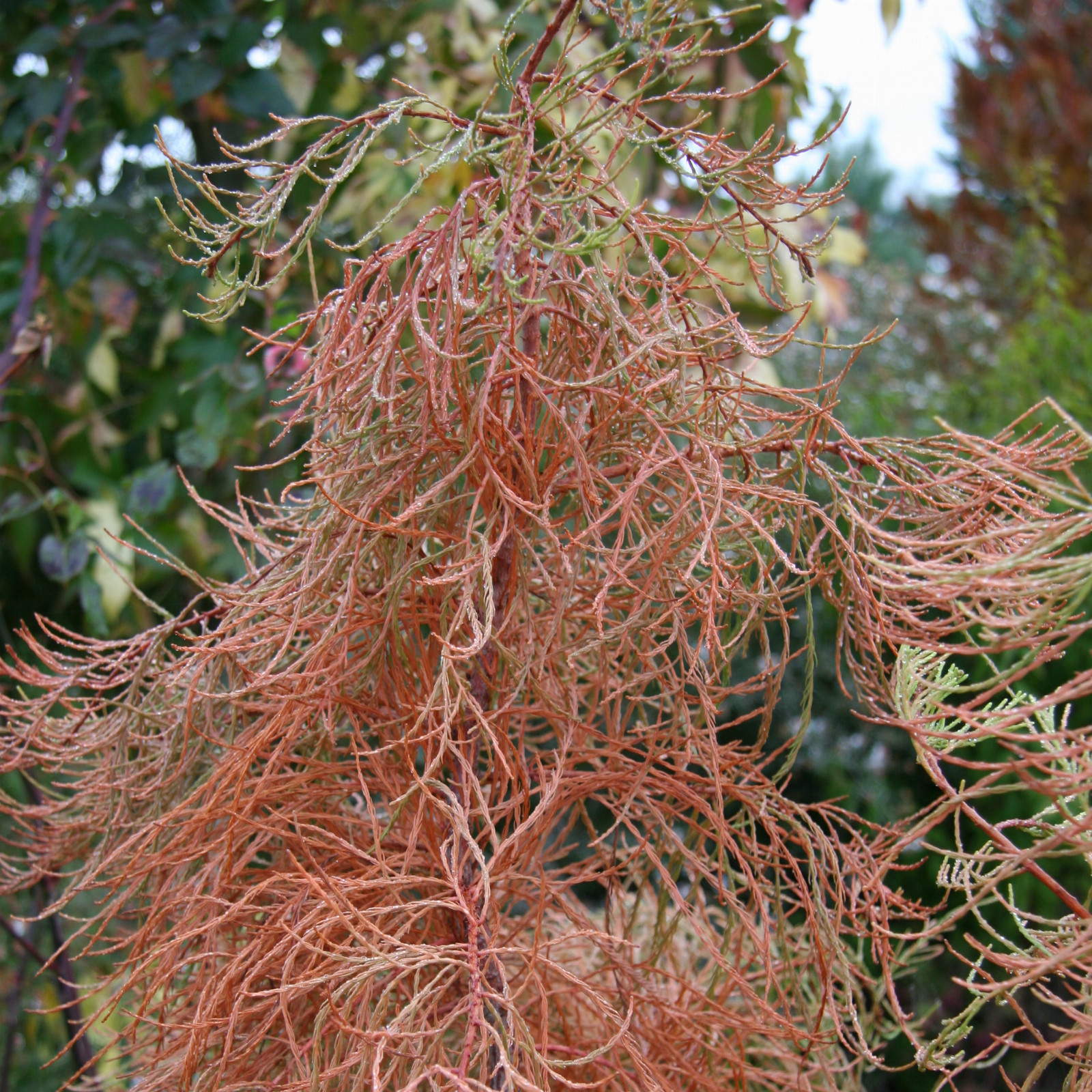
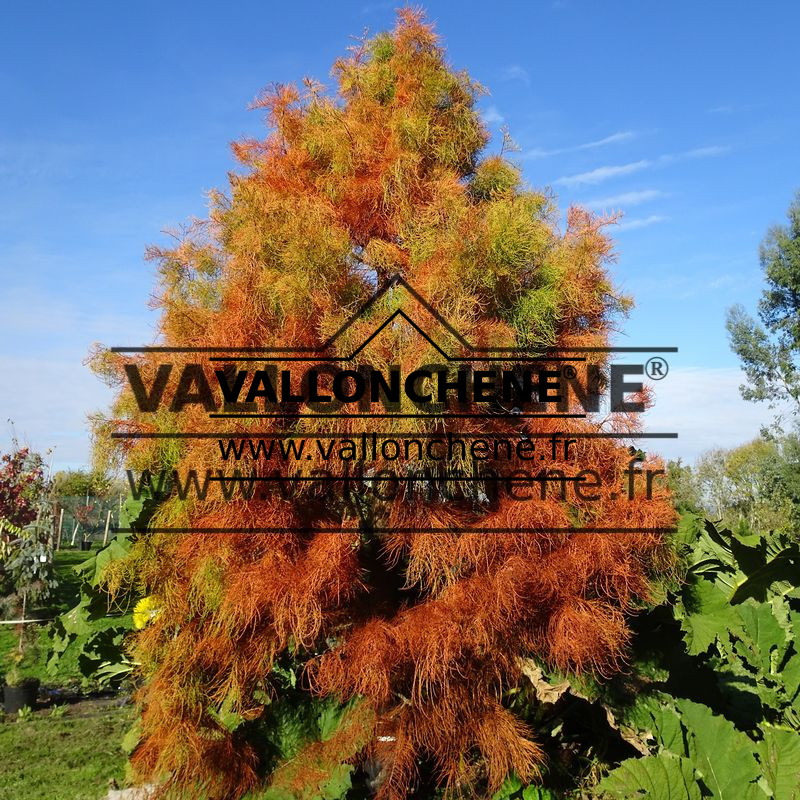
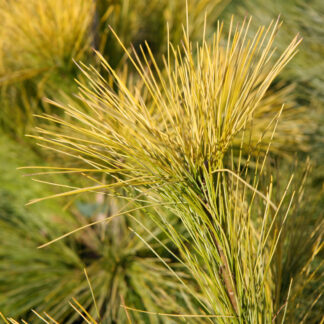
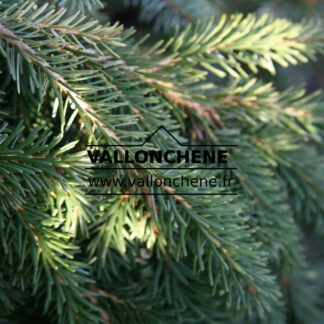
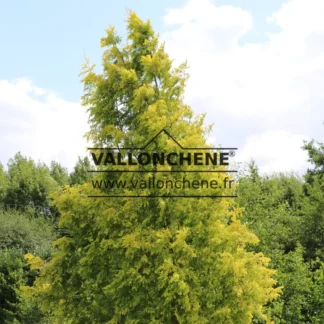

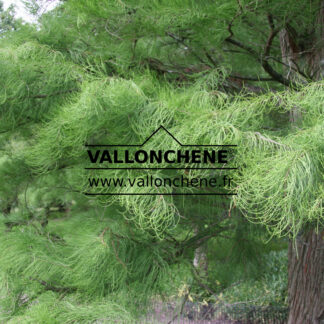
Reviews
There are no reviews yet.